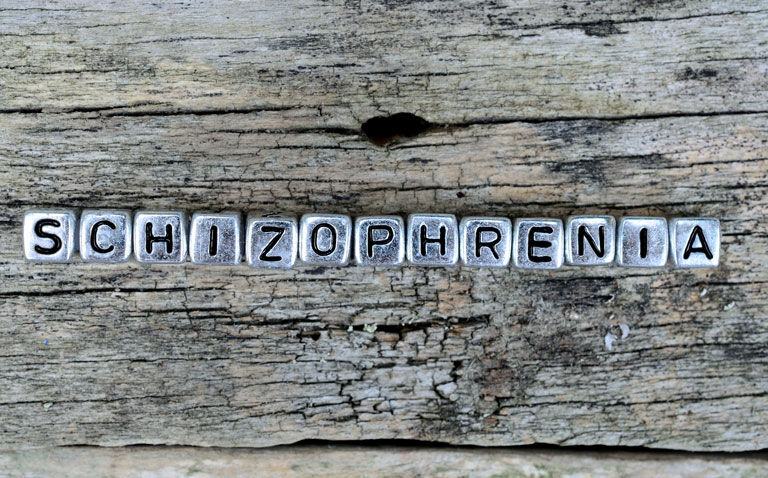Xanomeline-trospium an oral, investigational M1/M4-preferring muscarinic agonist significant improved symptoms in patients with schizophrenia
In a press release from the manufacturer Karuna Therapeutics, it was announced that its lead investigational therapy, xanomeline-trospium, demonstrated a statistically significant and clinically meaningful reduction in Positive and Negative Syndrome Scale (PANSS) total score compared to placebo, in adults with schizophrenia.
Schizophrenia is a psychotic disorder characterised by positive symptoms, such as hallucinations, delusions, formal thought disorders, and negative symptoms, such as paucity of speech, anhedonia, and lack of motivation. Xanomeline is a muscarinic agonist (M1 and M4) and has been shown to improve all symptoms types of schizophrenia. However, drug development was stopped due to the severe cholinergic adverse effects but when used in combination with the peripheral cholinergic antagonist, trospium, it is expected that the latter can reduce the adverse effects of xanomeline. Early findings to date have been positive and in a 5-week trial, randomised, double-blind, placebo-controlled trial, xanomeline-trospium produced a greater decrease in the PANSS total score than placebo 2.
The current press release relates to the EMERGENT-3 Trial, a phase 3, randomised, double-blind, parallel-group, placebo-controlled, multicentre study, with xanomeline-trospium in patients with schizophrenia. The primary objective was to assess the efficacy of xanomeline-trospium (125 mg xanomeline and trospium chloride 30 mg) given twice daily, at reducing Positive and Negative Syndrome Scale (PANSS) total scores in adult inpatients with a DSM-5 diagnosis of schizophrenia.
A total of 256 adults (between the ages of 18-65 years) with schizophrenia were included in the trial and were experiencing symptoms of psychosis at the time of enrolment. In the trial, patients were randomised 1:1 to receive either a flexible dose of xanomeline-trospium or placebo twice daily for five weeks. On days 1-2, patients received a dose of 50mg xanomeline/20mg trospium) twice daily or matching placebo. On Day 3, patients escalated to a dose of 100/20 twice daily and on Day 8, patients had the option to increase to 125/30 twice daily, based on tolerability.
Xanomeline-trospium in EMERGENT-3
The trial met its primary endpoint, with xanomeline-trospium showing a statistically significant and clinically meaningful 8.4-point reduction in Positive and Negative Syndrome Scale (PANSS) total score compared to placebo (-20.6 vs. -12.2 placebo, p < 0.0001) at Week 5. In fact, the combination demonstrated an early and sustained statistically significant reduction of symptoms from Week 2 (p < 0.05) through the end of the trial as assessed by PANSS total score.
The overall discontinuation rate in the trial was 33% (37% xanomeline-trospium vs. 29% placebo) with the overall treatment emergent adverse event (TEAE) rates slightly higher for the combination compared to placebo (70% vs 50%).
The press release also reports that the company will submit data to the FDA mid-2023 and hopefully, if approved will look to launch the drug in 2024.










